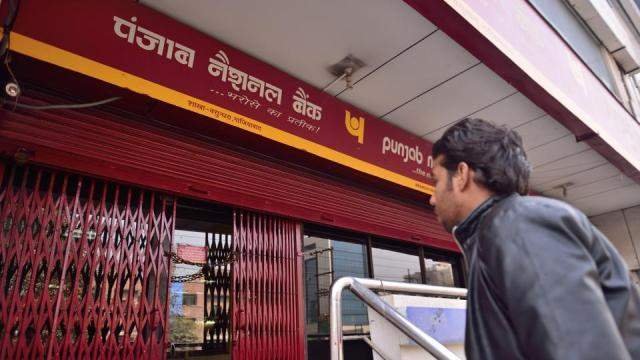Gold Silver Reports (GSR) – From creating fictional debtors and inflating invoices to hiring chartered accountants to access the core banking systems (CBS) during audits, delinquent borrowers have deployed a slew of tactics to commit bank frauds.
The Central Vigilance Commission (CVC) analysed top 100 bank frauds as on 31 March 2017. It focused on the modus operandi, the amount involved and type of lending such as consortium, multiple-banking and individual, and the loopholes that facilitated the frauds. Sectors involved in such bank frauds include gems and jewellery, manufacturing, agro, media, aviation and services.
Analysis of frauds by companies in the manufacturing of drugs, textile, ferrous metals, and steel products showed several inconsistencies in their books, the CVC said.
In one case, a company deposited invoices worth ₹6,740 crore, including ₹1,679.45 crore for the purchase of “fancy shirting”. The CVC report said that on review of the invoices and stock records, it could not confirm physical movement of the material. “Mismatches were found in products mentioned in letter of credit invoice documents and products mentioned as per books of the company.”
In another case, involving a logistics company, banks were tricked into disbursing loans for 2,804 vehicles on the basis of forged vehicle registration documents. CVC highlighted that these loans were wilfully diverted by the company’s directors and the trucks were never purchased. “In most instances, even the registration documents were not submitted to the bank whereas in several other instances old vehicles were passed off as new,” CVC said.
Experts believe that lenders, especially banks, need to invest more in forensic due diligence infrastructure to monitor accounts where they have large exposures, and it needs to be proactive and not reactive.
“In most cases, the initial due diligence is more like a tick-box exercise. The lenders need to rope in lawyers for due-diligence and then experts for forensic audits,” Priyanka Sinha, co-founder, A&P Partners, said. She added that in many cases, once money flows out of the Indian jurisdiction, it becomes very difficult to trace it or bring it back. “However, if banks implement a system that can check the money trail, as and when it happens, such as the case in several developed countries, the issue can be tackled.”
According to the Reserve Bank of India (RBI) data, the number of frauds of ₹1 lakh and above reported by public sector banks stood at 2,833 in FY18, 2,709 in FY17 and 2,789 in FY16. The data, however, is by the year of reporting and not the year of occurrence of fraud or sanction of loan.
“The report clearly indicates that several bank frauds happened because there was a concentration of power at a certain level, which was deciding on disbursements. If there were a committee rather than a person to decide on such loans then many frauds could have been avoided,” said Anupam Prasad, partner of law firm IndusLaw.
“Also, lenders should take periodic stock of the situation after disbursement to see whether the loan is used for the same purpose for which it was approved,” added Prasad.
The report also included a case by a chartered accountant (CA) who was a sleeping partner in the firm had gone through the nitty-gritty of the CBS system while conducting audit of a bank branch and then used it to his benefit. “The CA had created several fake and false documents for his own manufacturing factory at a location. He had forged signatures in various documents,” the report said.
